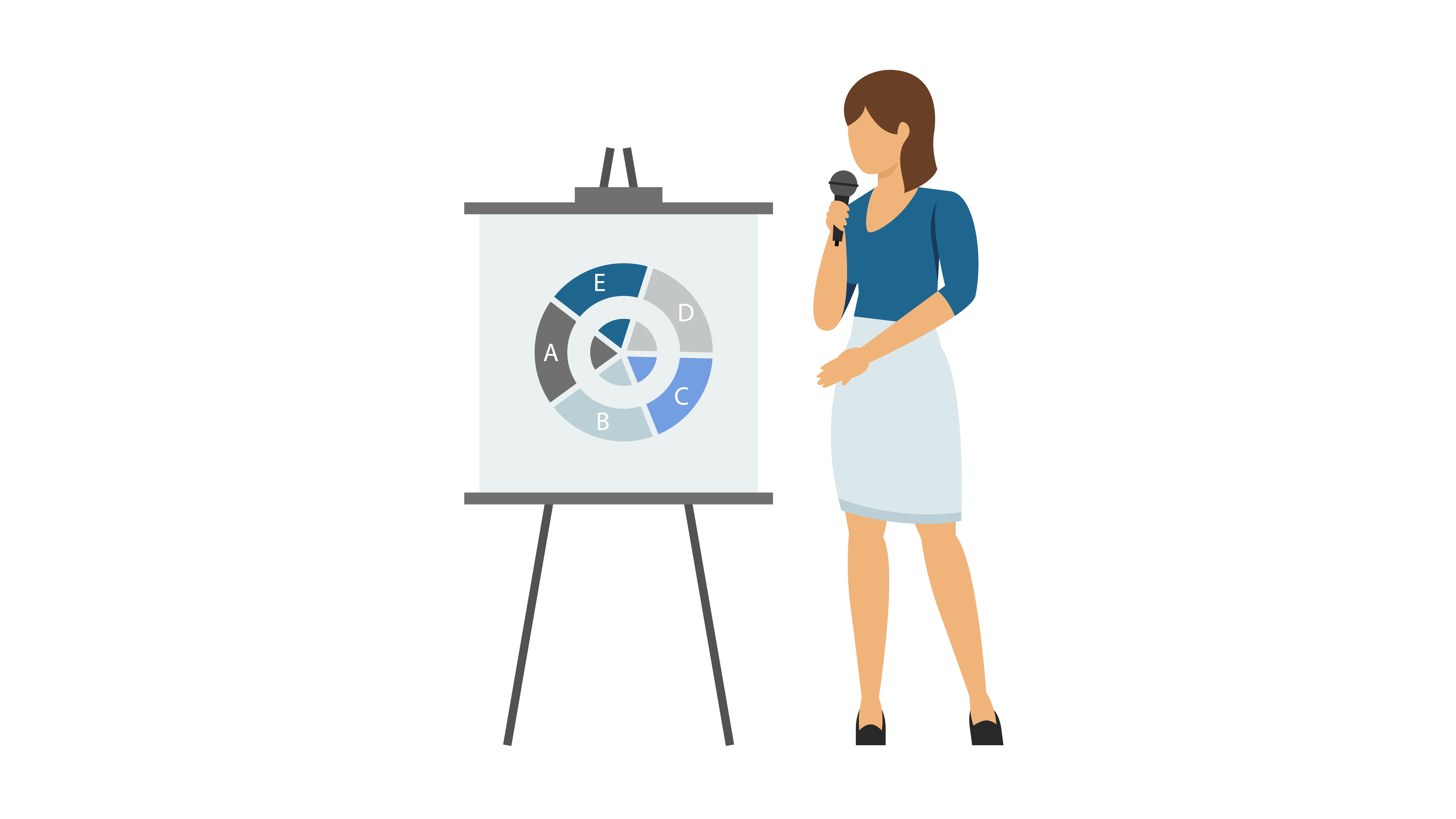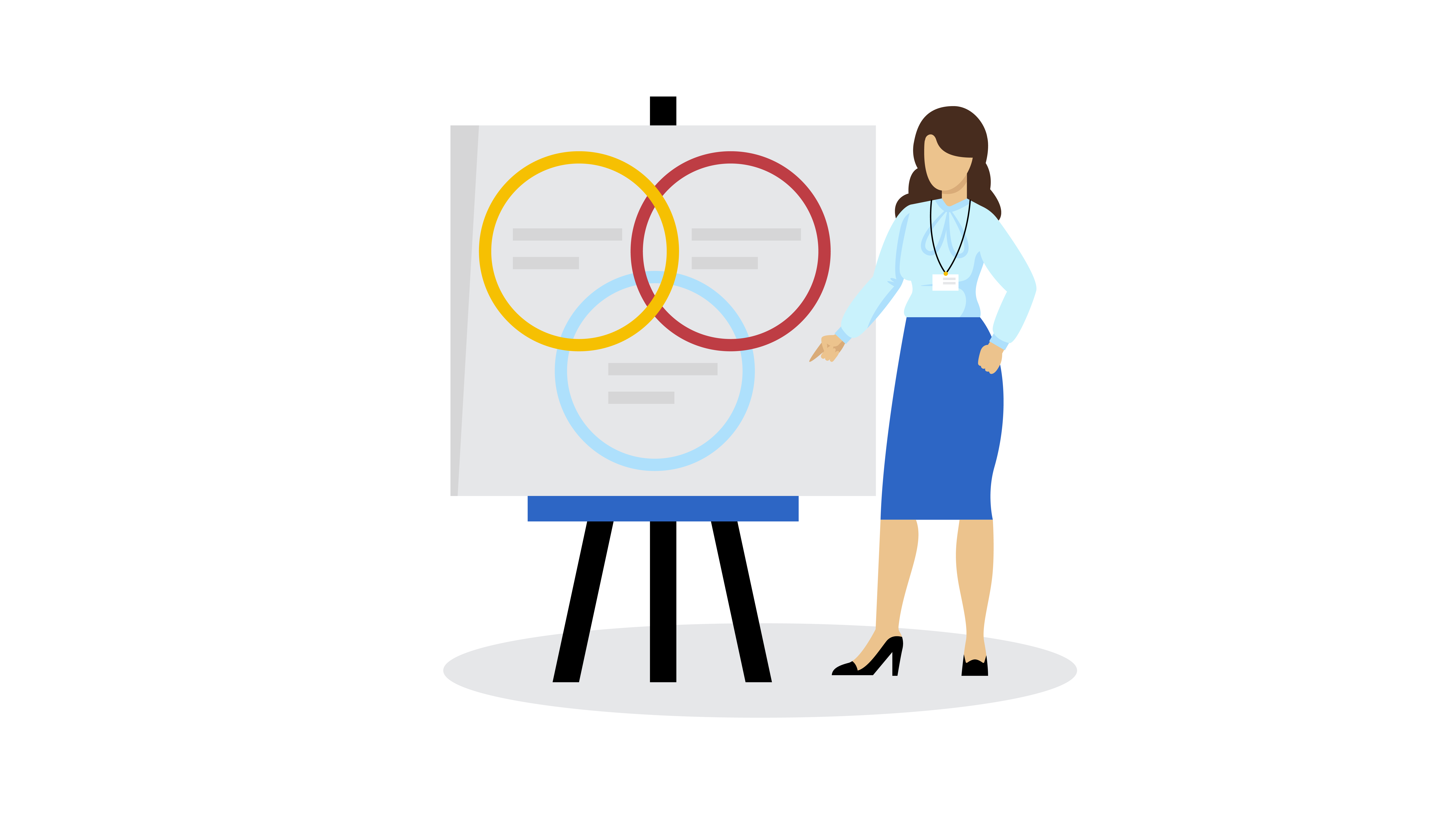All Categories
Featured
Customer data platforms (CDPs) are an essential instrument for modern businesses which want to collect, store, and manage customer data in one central data center. These applications provide a better and more complete view of customers, which can be used to target marketing and personalize customer experiences. CDPs offer many features that include data governance, data quality , and formatting of data. This allows customers to be compliant with regards to how data is stored, used, and used. A CDP allows companies to engage their customers and put them at the center of their marketing efforts. It is also possible to access data from other APIs. In this article, we will look at the advantages of CDPs for organizations.
cdp product
Understanding CDPs. The Customer data platform (CDP) is a software that allows businesses to gather, manage and store information about customers from a single location. This gives you a better and more complete picture of your customers and allows you to target marketing and customize customer experience.
-
Data Governance: A CDP's capability to safeguard and manage the information being incorporated is among its primary features. This includes profiling, division , and cleaning of the data coming in. This helps ensure compliance with data rules and regulations.
-
Data Quality: It's important that CDPs ensure that data collected is high-quality. This means that data must be entered correctly and meet the desired quality standards. This can help to reduce expenses for cleaning, transforming and storage.
-
Data Formatting is a CDP is also used to ensure that data follows a predefined format. This allows data types like dates to be matched across customer records and guarantees an accurate and consistent entry of data. marketing cdp
-
Data Segmentation The CDP lets you segment customer information to better understand customers from different groups. This allows testing different groups against one another and also obtaining the correct sample and distribution.
-
Compliance A CDP lets organizations handle the information of customers in a legal manner. It allows you to establish secure policies and categorize information according to these policies. You can even detect any violations of the policy when making decisions about marketing.
-
Platform Selection: There is many CDPs to choose from, so it's essential to understand your requirements prior to choosing the best one. It is important to consider features such as data privacy and the ability to pull data from various APIs. cdp data
-
Putting the Customer in the center: A CDP permits the integration of real-time customer data. This will give you the immediate accuracy of precision, accuracy, and unison which every department in marketing needs to increase efficiency and connect with customers.
-
Chat, billing and more: A CDP helps you find the context for great discussions, regardless of whether you are looking at billing or past chats.
-
CMOs and big data Sixty-one percent of CMOs say they are not leveraging enough big data, according to the CMO Council. The 360-degree view of the customer provided by CDP CDP can be a wonderful method to solve this issue and help improve marketing and customer interaction.
With so many different types of marketing innovation out there every one generally with its own three-letter acronym you might wonder where CDPs originate from. Even though CDPs are among today's most popular marketing tools, they're not a completely originality. Instead, they're the most recent step in the advancement of how marketers manage consumer information and client relationships (What is a Customer Data Platform).

For most marketers, the single most significant worth of a CDP is its ability to section audiences. With the capabilities of a CDP, online marketers can see how a single client communicates with their business's different brand names, and recognize opportunities for increased customization and cross-selling. Naturally, there's far more to a CDP than division.
Beyond audience segmentation, there are 3 huge reasons your company may want a CDP: suppression, customization, and insights. Among the most interesting things marketers can do with information is identify consumers to not target. This is called suppression, and it becomes part of delivering genuinely individualized consumer journeys (Cdp Data). When a consumer's combined profile in your CDP includes their marketing and purchase data, you can suppress advertisements to consumers who've currently made a purchase.

With a view of every client's marketing interactions connected to ecommerce information, site sees, and more, everyone throughout marketing, sales, service, and all your other groups has the possibility to understand more about each client and provide more personalized, relevant engagement. CDPs can assist online marketers attend to the source of a number of their greatest everyday marketing issues (What is Cdp in Marketing).
When your data is disconnected, it's more difficult to comprehend your consumers and develop significant connections with them. As the number of data sources utilized by marketers continues to increase, it's more vital than ever to have a CDP as a single source of truth to bring all of it together.
An engagement CDP uses customer information to power real-time customization and engagement for customers on digital platforms, such as sites and mobile apps. Insights CDPs and engagement CDPs comprise most of the CDP market today. Very couple of CDPs include both of these functions similarly. To select a CDP, your company's stakeholders ought to consider whether an insights CDP or an engagement CDP would be best for your requirements, and research the couple of CDP alternatives that consist of both. Customer Data Support Platform.
Redpoint GlobalLatest Posts
The Role of CDPs in Streamlining Marketing Operations.
The Role of CDPs in Streamlining Marketing Operations.
CDPs and the Importance of Data Governance for CMOs